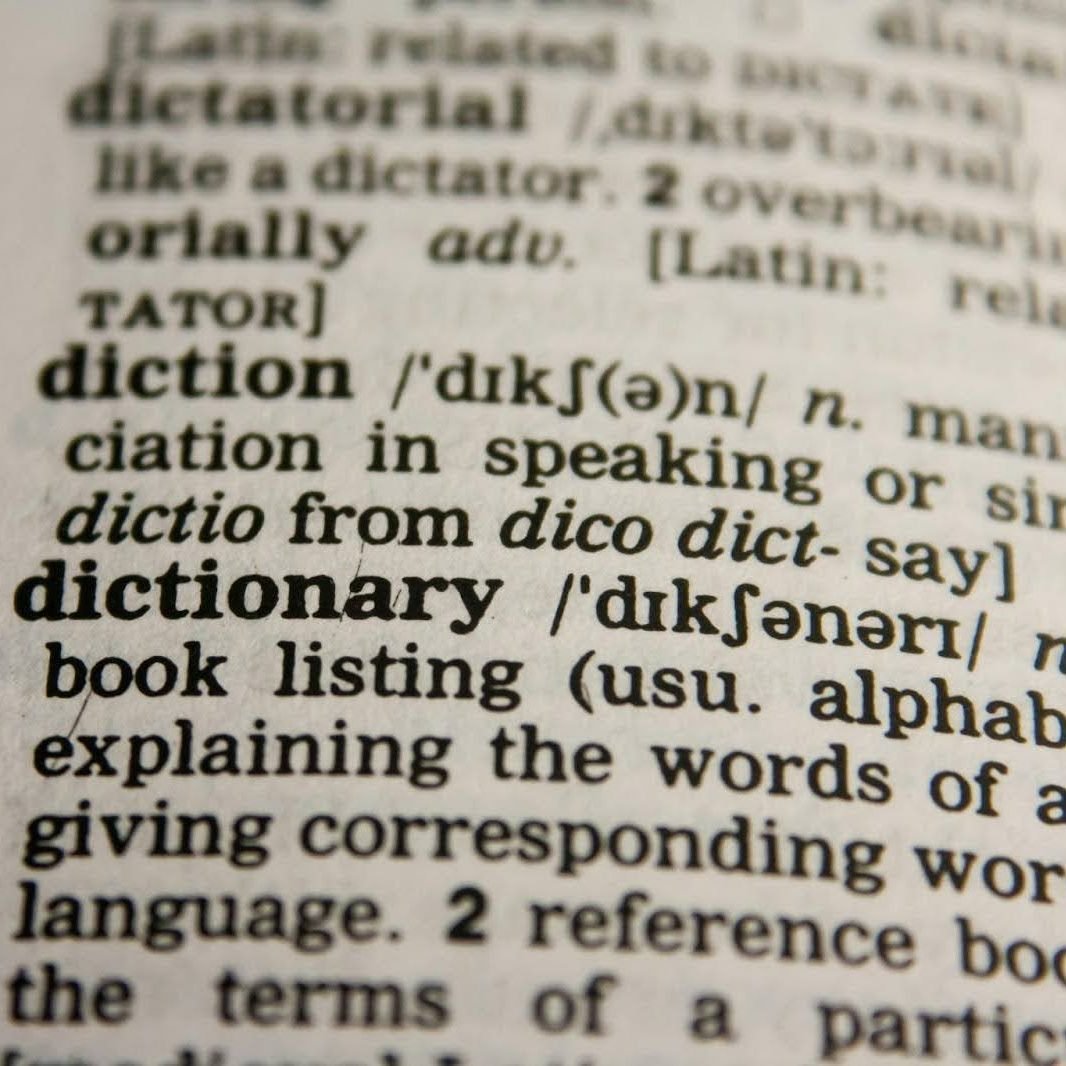
Exploring the Boundless World of Language Arts
Language arts, often regarded as the cornerstone of education, encompass a diverse range of disciplines aimed at developing proficiency in language, communication skills, and literary appreciation. From reading and writing to speaking and listening, it plays a fundamental role in fostering creativity, critical thinking, and cultural literacy. In this comprehensive guide, we delve into the multifaceted realm of language arts, uncovering its importance, scope, and practical applications in education and beyond.
Understanding Language Arts
1. Defining Language Arts
Language arts refer to the study and mastery of language skills, including reading, writing, speaking, and listening. It encompasses various disciplines such as literature, grammar, vocabulary, composition, rhetoric, and communication. This education aims to develop students’ proficiency in language use, enhance their communication skills, and foster a lifelong love of reading and learning.
2. Scope of Language Arts
It cover a wide range of skills and competencies essential for effective communication and expression. These include:
- Reading comprehension: Understanding and interpreting written texts, including fiction, nonfiction, poetry, and informational materials.
- Writing: Crafting written compositions, including essays, narratives, poems, and reports, with attention to clarity, coherence, and creativity.
- Speaking and listening: Engaging in oral communication, including conversations, presentations, debates, and discussions, and actively listening and responding to others.
- Grammar and language mechanics: Understanding the rules and conventions of language usage, including grammar, punctuation, spelling, and syntax.
- Literary analysis: Exploring literary texts, genres, themes, and techniques, and analyzing their structure, style, and meaning.
Exploring Key Themes in Language Arts
1. Language Arts Promote Literacy and Fluency
This education plays a vital role in promoting literacy and fluency in reading, writing, and communication. By providing students with opportunities to engage with diverse texts, genres, and media, language arts instruction helps them develop the skills and strategies needed to comprehend, analyze, and respond to written and spoken language effectively.
2. Fostering Creativity and Expression

It nurture creativity and self-expression by encouraging students to explore their thoughts, feelings, and experiences through writing, speaking, and artistic expression. By providing opportunities for creative writing, storytelling, drama, and multimedia production, language arts education fosters imagination, innovation, and personal growth.
3. Cultivating Critical Thinking and Analysis
Language arts cultivate critical thinking skills by challenging students to analyze and evaluate texts, arguments, and ideas critically. Through close reading, textual analysis, and evidence-based writing, students learn to discern authorial intent, identify logical fallacies, and construct well-reasoned arguments supported by evidence and analysis.
4. Language Arts Build Cultural Literacy and Empathy
This skill promote cultural literacy and empathy by exposing students to diverse perspectives, cultures, and voices through literature and other forms of artistic expression. By reading works from different historical periods, regions, and social contexts, students gain insight into the human experience and develop empathy and understanding for people from diverse backgrounds.
5. Language Arts Enhance Communication and Collaboration
By enhancing communication and collaboration skills, students get the opportunities to engage in meaningful dialogue, collaboration, and teamwork. Through collaborative writing projects, group discussions, and presentations, students learn to communicate effectively, listen actively, and work collaboratively to achieve common goals.
The Importance of Language Arts
1. Academic Achievement and Success
Language arts proficiency is essential for academic achievement and success across all subject areas. Strong reading and writing skills are foundational to learning in science, mathematics, social studies, and other disciplines, enabling students to comprehend complex texts, express their ideas clearly, and communicate effectively with others.
2. Personal and Professional Development
Language arts education contributes to personal and professional development by equipping individuals with essential communication, literacy, and critical thinking skills. Effective communication skills are valued in virtually every profession and are essential for success in the workplace, relationships, and civic life.
3. Cultural Enrichment and Engagement
Language arts enriches cultural understanding and engagement by exposing individuals to a rich array of literary works, artistic expressions, and cultural traditions from around the world. By reading diverse texts and engaging with different cultural perspectives, individuals broaden their horizons, deepen their appreciation for cultural diversity, and develop a greater sense of empathy and global citizenship.
4. Lifelong Learning and Enrichment
It fosters a lifelong love of learning and enrichment by instilling a passion for reading, writing, and intellectual inquiry. By engaging with literature, language, and ideas, individuals cultivate intellectual curiosity, expand their knowledge and understanding of the world, and continue to grow and develop as lifelong learners.
5. Social Justice and Equity
This education promotes social justice and equity by providing all students, regardless of background or ability, with access to high-quality literacy instruction and resources. By addressing inequities in literacy achievement and providing support for struggling readers and writers, language arts educators play a crucial role in advancing educational equity and ensuring that all students have the opportunity to succeed.
Unraveling the Advantages of Language Arts: Empowering Minds and Nurturing Creativity
Language arts, encompassing reading, writing, speaking, and listening, are foundational skills that play a pivotal role in education and beyond. From fostering communication to promoting critical thinking, language arts offer numerous advantages that empower individuals and enrich their lives. Let’s explore some of the key advantages:
1. Communication Skills
It enhance communication skills by developing proficiency in reading, writing, speaking, and listening. Individuals who excel in language arts can articulate their thoughts clearly, express themselves effectively, and engage in meaningful conversations. Strong communication skills are essential for success in personal relationships, academic pursuits, and professional endeavors.
2. Critical Thinking Abilities
Language arts cultivate critical thinking abilities by encouraging individuals to analyze, evaluate, and interpret information critically. Through reading diverse texts, analyzing arguments, and crafting written compositions, individuals develop the capacity to think critically, assess evidence, and draw reasoned conclusions. These critical thinking skills are invaluable for making informed decisions and solving complex problems in all areas of life.
3. Creativity and Imagination
Language arts foster creativity and imagination by providing opportunities for self-expression, storytelling, and artistic exploration. Through creative writing, poetry, and storytelling, individuals unleash their creativity, explore new ideas, and express themselves authentically. Engaging with literature and other forms of artistic expression stimulates the imagination and inspires individuals to think creatively and innovatively.
4. Empathy and Understanding
Language arts promote empathy and understanding by exposing individuals to diverse perspectives, cultures, and experiences through literature and other forms of artistic expression. By reading works of fiction, poetry, and drama, individuals gain insight into the thoughts, feelings, and experiences of others, fostering empathy, compassion, and cultural understanding. This empathy is essential for building connections, fostering inclusivity, and navigating diverse social contexts.
5. Lifelong Learning and Personal Growth
Language arts facilitate lifelong learning and personal growth by nurturing a love of reading, curiosity, and intellectual inquiry. Individuals who engage with literature and language arts develop a lifelong appreciation for learning, a thirst for knowledge, and a commitment to self-improvement. This love of learning enables individuals to continue growing intellectually, exploring new ideas, and expanding their horizons throughout their lives.
6. Academic Success

Language arts skills are fundamental for academic success across all subject areas. Strong reading comprehension, writing proficiency, and communication skills are essential for understanding complex concepts, expressing ideas effectively, and engaging with academic texts. Students who excel in this skill are better equipped to succeed in school, achieve academic goals, and pursue higher education and career opportunities.
7. Cultural Literacy and Global Citizenship
This education promotes cultural literacy and global citizenship by exposing individuals to diverse literary traditions, languages, and cultures from around the world. Through literature, individuals gain an understanding of different cultural perspectives, historical contexts, and social issues, fostering cultural awareness, empathy, and respect for diversity. This cultural literacy is essential for promoting global citizenship and fostering a sense of interconnectedness with people from diverse backgrounds.
8. Personal Expression and Identity Formation
Language arts provide a platform for personal expression and identity formation. Allowing individuals to explore their thoughts, feelings, and identities through writing, storytelling, and artistic expression. Through creative writing, individuals can articulate their unique experiences, perspectives, and aspirations, fostering self-awareness, self-confidence, and self-expression. This process of self-discovery and identity formation is essential for personal growth and development.
Conclusion
In conclusion, language arts education is essential for developing essential communication, literacy, and critical thinking skills, promoting cultural understanding and engagement, fostering personal and professional development, and advancing social justice and equity. By providing students with opportunities to engage with diverse texts, genres, and media, this education prepares them to succeed academically, thrive in the workplace, and contribute to a diverse and inclusive society.













